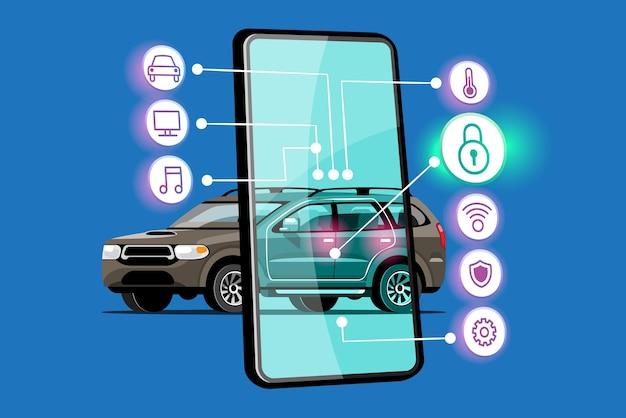Automating vehicle tracking systems are becoming increasingly popular and are revolutionizing the way businesses track and monitor their vehicles. Automated systems provide a convenient, efficient, and cost-effective way for businesses to stay up-to-date on the locations of their vehicles and to monitor the performance of their drivers.
Benefits of Automating Vehicle Tracking Systems
The most obvious benefit of automating vehicle tracking systems is the ability to quickly and easily track a vehicle’s location. Having real-time information on where a vehicle is located can be incredibly beneficial for businesses, as it allows them to monitor driver performance, make sure assets are not being misused, and allow for faster response times in the event of an emergency.
In addition, automated systems can provide businesses with valuable data insights. By collecting data on how vehicles are being used, businesses can gain a better understanding of their operations and make informed decisions about how to optimize their fleet. If you want to know more about vehicle tracking systems then you may navigate here.

Image Source: Google
Components of an Automated System
An automated system typically consists of a GPS tracking device, a server, and a user interface. The GPS tracking device is installed in each vehicle and collects data such as location, speed, and direction. This data is then sent to the server, which stores the data and makes it available to the user interface.
Implementing an Automated System
Implementing an automated vehicle tracking system is relatively straightforward. The first step is to select a GPS tracking device that is compatible with the vehicles in the fleet. Once the device has been installed, the data can be sent to the server and the user interface can be set up.